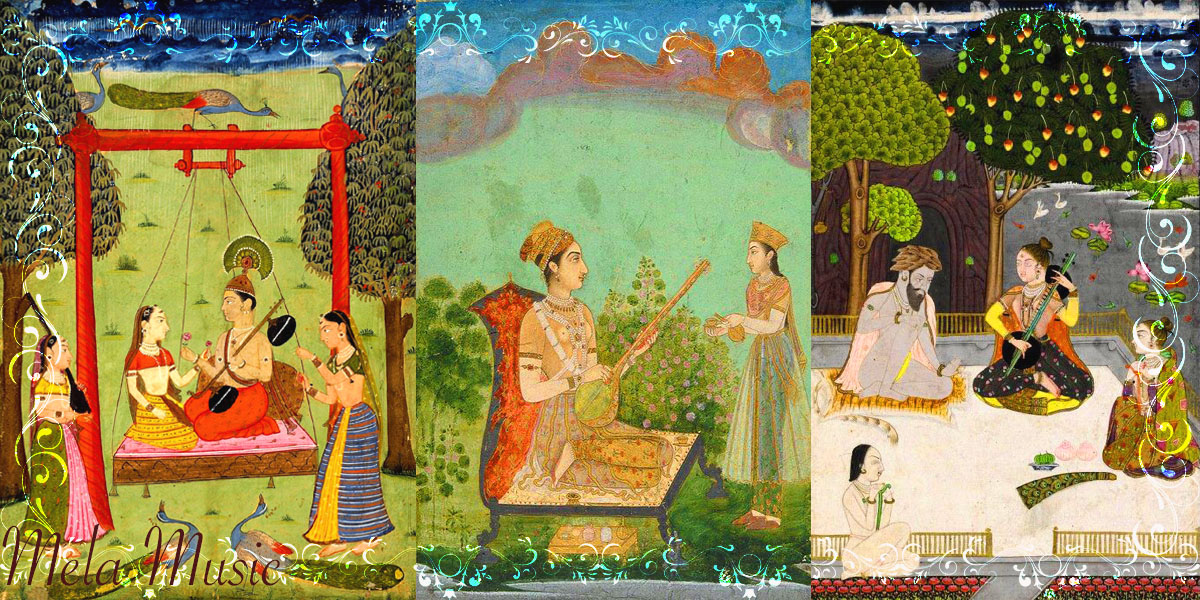
Raga Kalawati is a beautiful and melodious raga in the Hindustani classical music tradition. It is often associated with the late-night hours and evokes a deep sense of pathos and introspection. Raga Kalawati belongs to the Khammaj thaat and is characterized by its distinctive melodic phrases and emotional depth.
Raga Kalavati is renowned for its serene and contemplative mood. It creates an ambiance of tranquility and deep introspection, allowing the listener to delve into profound emotions. The raga is often associated with yearning, longing, and a sense of melancholy. It has the power to evoke a range of emotions, from deep sorrow to sublime beauty.
In the performance of Raga Kalawati, musicians explore the nuances of the raga through improvisation and elaboration. They employ a variety of melodic embellishments such as meends (glides), gamaks (ornamental flourishes), and taans (fast melodic runs) to enhance the melodic beauty and expressiveness of the raga. The slow tempo and sustained notes in Raga Kalawati contribute to its meditative and reflective quality.
Raga Kalawati has inspired many composers and musicians to create soul-stirring compositions. These compositions, known as bandishes, capture the essence of the raga and provide a framework for improvisation. The renditions of Raga Kalawati showcase the artist’s ability to evoke deep emotions and convey the subtle nuances of the raga’s melodic structure. While Raga Kalawati is primarily performed in the Hindustani classical music tradition, it has also found its way into other forms of music, such as semi-classical, devotional, and light music. Its evocative nature and ability to touch the hearts of listeners make it a favorite among both musicians and connoisseurs of Indian classical music.
Raga Kalawati’s serene and contemplative aura, coupled with its melodic intricacies, has made it a cherished raga in the Hindustani classical music repertoire. Its profound expressions and emotional depth continue to captivate audiences, inviting them on a soulful journey of introspection and inner reflection.
